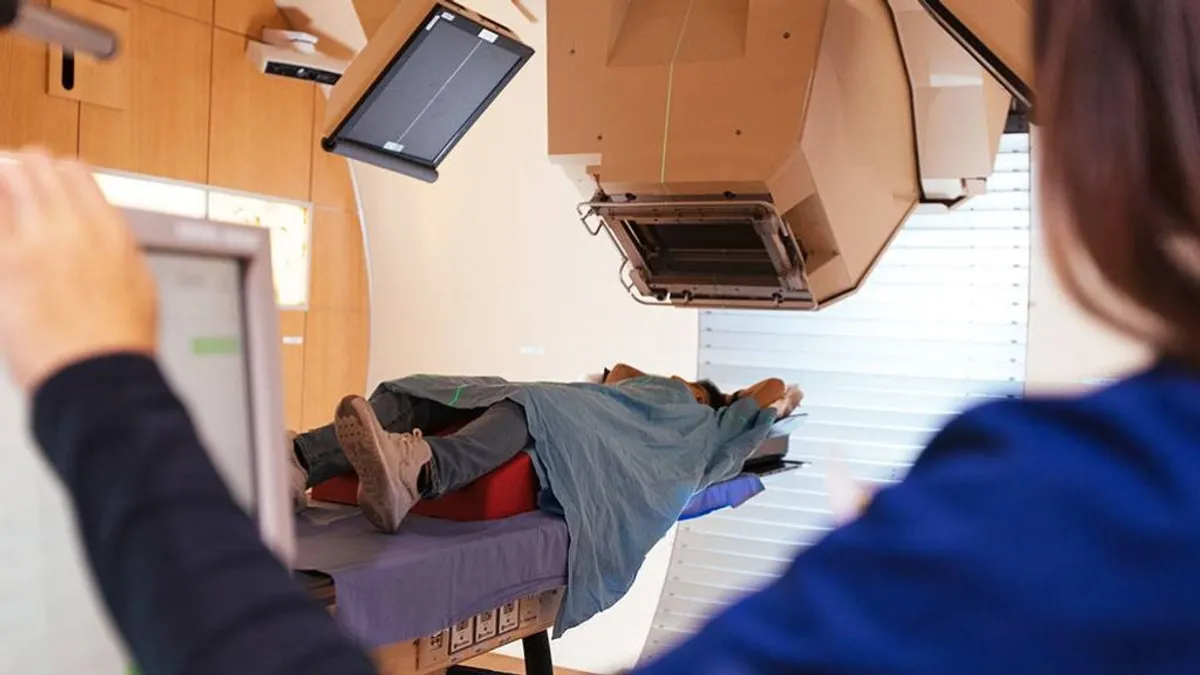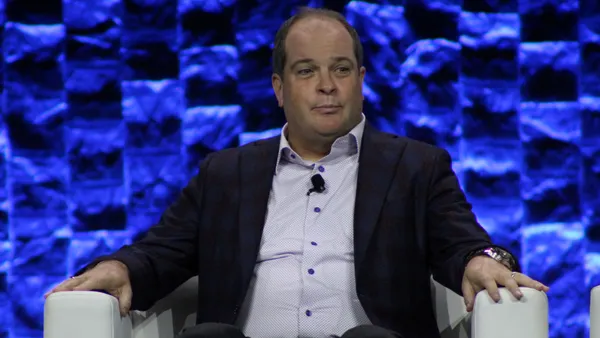The FDA has the authority to recall dangerous and risky medical devices, but it has rarely done so, largely relying on manufacturers to take necessary actions when a product defect or spike in serious adverse incidents occurs.
Since Congress passed the medical device amendments to the Food, Drug & Cosmetics Act in 1976, the agency has used its 518(e) mandatory recall authority just a handful of times. In 1991, the FDA ordered Medline to recall its Dynafeed enteral pump due to design flaws and failure to comply with good manufacturing practices. The agency issued three mandatory recall notices the following year and in 2008, recalled Nebion’s MRI device, citing lack of FDA approval and safety and effectiveness data, as well as noncompliance with GMPs.
There have been some recalls under federal consent orders, and the FDA has in four cases taken the unusual step of banning a medical device. The first time was in 1983 when it banned prosthetic hair fibers used to treat baldness because of serious risks including infections. Then in 2016, the agency simultaneously banned powdered surgeon gloves, powdered patient examination gloves and absorbable power used for lubricating surgeons’ gloves. The danger: Residue from the powder could be left behind in the body cavity, causing inflammation and scarring that could lead to complications later on. In addition, bits of latex from the gloves could bind the powder and be inhaled, putting people with latex allergies at risk.
Given Bayer’s recent decision to stop selling the Essure birth control device, following years of unmitigated safety concerns and mounting patient lawsuits, and the release of the Netflix documentary, The Bleeding Edge, many are questioning why the FDA seems so reluctant to wield its recall authority.
Then there’s the case of power morcellators, which are mainly used in gynecologic procedures such as laparoscopic hysterectomy. The FDA first warned that the devices can shred cancerous tissue and spew it into the abdominal cavity in 2014, yet they still remain in use.
"The FDA has not taken them off the market, has not rescinded approval for specific uses, has not done a mandatory recall and has tried to put out [a] warning that the agency knows is not going to be effective," said Diana Zuckerman, president of the National Center for Health Research. "They do that all the time."
The FDA when asked for comment pointed to FDA Commissioner Scott Gottlieb's comments following the Essure withdrawal. He defended the agency's actions, including convening an expert panel, ordering follow-up studies and adding a black box warning.
"The decision today to halt Essure sales also follows a series of earlier actions that the FDA took to address the reports of serious adverse events associated with its use," he wrote.
Still, the withdrawal was prompted by the company — not the FDA.
'Insurmountable threshold'
That illustrates the problem, critics say.
"Once products are on the market, it’s almost an insurmountable threshold to get the agency to take action to pull them from the market," said Michael Carome, director of Public Citizen’s Health Research Group. "In the case of [Bayer's] Essure, had the company not voluntarily acted, I suspect FDA would not have pushed them to pull it from the market, based on statements they made over the last few years in the face of concerns."
Approved in 2002, Essure was associated with serious risks including persistent pain, perforation of the uterus and fallopian tubes and migration of the device into the pelvis or abdomen. The FDA required the addition of a boxed warning and patient decision checklist to the product’s labeling and in April restricted sales of Essure, but did not call for its withdrawal from the market.
That’s not unusual, says Jodi Scott, partner in Hogan Lovells’ Denver office and former FDA counsel. "By and large companies are pretty responsive to a very direct FDA request to take action,” she told MedTech Dive. "And while I’m sure it doesn’t work in 100% of the cases, I will tell you it probably works 99% of the time."
Mandatory recalls are also costly for FDA to take. According to the agency, the estimated annual reporting burden associated with section 518 actions is 1,098 hours.
As a last resort, FDA will order a recall, but it’s a lot easier to "look the company in the eye and tell them we think you need to do a recall and have them do it voluntarily," Scott said. "And it happens much faster. To go to court and get an order takes a lot of time."
It can also take time to sort out signals detected through the agency’s MDR reporting and Sentinel systems. If officials think there is an imminent risk of harm, they will do an analysis to determine whether the company needs to take some field action, which may or may not involve a recall. “You have to balance the risk and benefits,” Scott said, noting implants are often left in place and monitored when issues arise because of the risks associated with taking them out.
Still, she insists FDA “is not shy” about telling companies when reparative actions fall short and they need to do more. “But it’s all sort of informal, not invoking the mandatory recall authority,” she added.
Problem begins in premarket process
Critics say the real problem precedes FDA’s failure to act once a device is on the market and lies with the process used to bring most moderate and high-risk devices to market. Under the 510(k) premarket notification, companies need only to demonstrate that a device is substantially similar to another product in the market in terms of its intended uses and technological features. In most cases, no clinical trials are required.
Even when clinical trials are required for novel devices subject to premarket approval, they aren’t always randomized. And in cases where devices are given conditional approval and required to undergo postmark testing, the FDA is often lax about seeing that companies complete studies in a timely manner, they argue.
"They allow these studies to drag on for years and years and years, and by the time the studies are done, or if they are ever done, nobody needs the information anyway anymore because the product’s not on the market anymore or the product has changed so much that the information you have about the product that was being sold three years ago is not relevant to the product being sold today," Zuckerman said.
Zuckerman pointed to the case of breast implants. The FDA approved two silicone gel-filled breast implants in 2006, with the proviso the manufacturers — Johnson & Johnson’s Mentor and Allergan — each would study 40,000 women for 10 years. Neither completed the studies, which involved cumbersome online questionnaires and did not provide any incentives for women to complete them.
Too close to industry?
"Ultimately, the agency is too industry-friendly," Carome told MedTech Dive. "They view the industry as a partner rather than a regulated entity." He believes the adoption of user fees has made the situation worse by allowing industry to negotiate benchmarks for FDA product reviews and other activities in return for payments for reviewing product submissions and other services.
Meanwhile, a 2016 proposal to ban electrical stimulation devices intended to treat people with mental or behavioral disorder that who exhibit self-injurious or aggressive behavior has yet to be finalized.
At the time of the proposed ban, only one facility in the U.S. was using the devices: the Judge Rotenberg Educational Center in Canton, Massachusetts. "Our primary concern is the safety and well-being of the individuals who are exposed to these devices," William Maisel, chief scientist and deputy director science at CDRH, said at the time. “These devices are dangerous and a risk to the public health — and we believe they should not be used."
No one is arguing the FDA should recall or ban every device that poses an imminent risk of harm, Zuckerman said. But in cases where FDA opts to keep a product on the market despite well-known risks, it should use the powers it has to require timely and well-designed studies that demonstrate safety and effectiveness versus available alternatives. The agency should "use the teeth it has," she argued.
Editors' note: This story has been updated with background from the FDA.



















